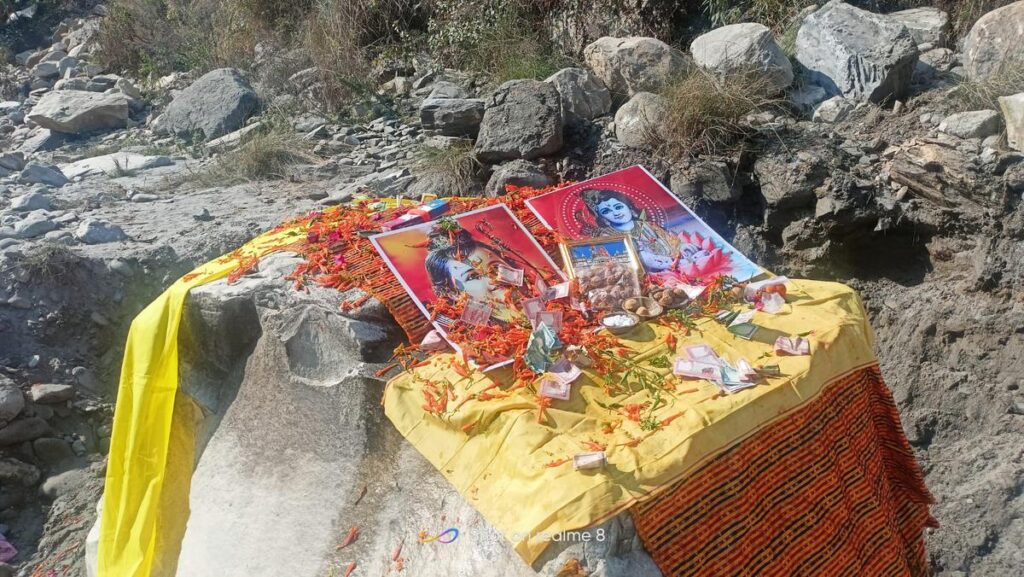350-ton stones will be donated by a Nepalese temple to build the Ram statue in Ayodhya

Image credit: The Hindu
According to the priests from Nepal’s Janaki temple (Janakpur), two shilas (stones) from the Kali Gandaki river, which are about 7 feet long and weigh over 350 tonnes, are scheduled so as to reach Ayodhya and be utilized in the construction of the Lord Ram temple. According to a representative of the temple trust, it’s interesting that Ayodhya officials are still unsure whether the stones from Nepal will be used to construct the temple.
On Sunday, priests, community leaders, and residents of Beni Municipality gathered on the Kali Gandaki River’s banks in Nepal’s Myagdi district to conduct a pooja for the enormous Himalayan stones. Bimalendra Nidhi, a member of the Nepali Congress Central Committee; Prithvi Man Gurung, the head of the Gandaki Province; and Rajendra Singh Pankaj, a prominent Vishwa Hindu Parishad (VHP) leader, among others, were present at the ceremony.
The gigantic stone pieces were identified by a team of professionals, including geologists and technicians, after spending weeks on the ground, according to Mahant Ramtapeshwar Das, head of the Janaki temple, who spoke to The Hindu. The 350 tonnes of selected stones, which have been shortlisted, will be presented to Ayodhya. The stones would arrive before the month’s end, he predicted.
The spiritual leader insisted that the shila would last for 1000 years and be unaffected by earthquakes.
The “piety” Kali Gandaki, also known as Narayani, is the unique source of the shaligram shila (a variety of stone collected from the river bed and worshipped as Lord Vishnu). Lord Ram is said to be the manifestation of Lord Vishnu.
Shri Ram Janmabhoomi Teerth Kshetra’s Champat Rai, the general secretary, declined to comment on the matter. However, his office said that the trust is unaware of the stones’ delivery to Ayodhya.
In a letter to the Janaki Temple in November 2022, Mr. Rai expressed support for the proposal of using stones from the Kali Gandaki river to build the statue of Lord Ram.
The concept was addressed at one of the trust’s meetings in November last year, a senior member of Kshetra told The Hindu. The member continued, “We’re still debating whether to construct the idol out of Nepalese rock or out of Makrana marble, which is frequently used in India to construct idols of gods and goddesses in significant temples.”
